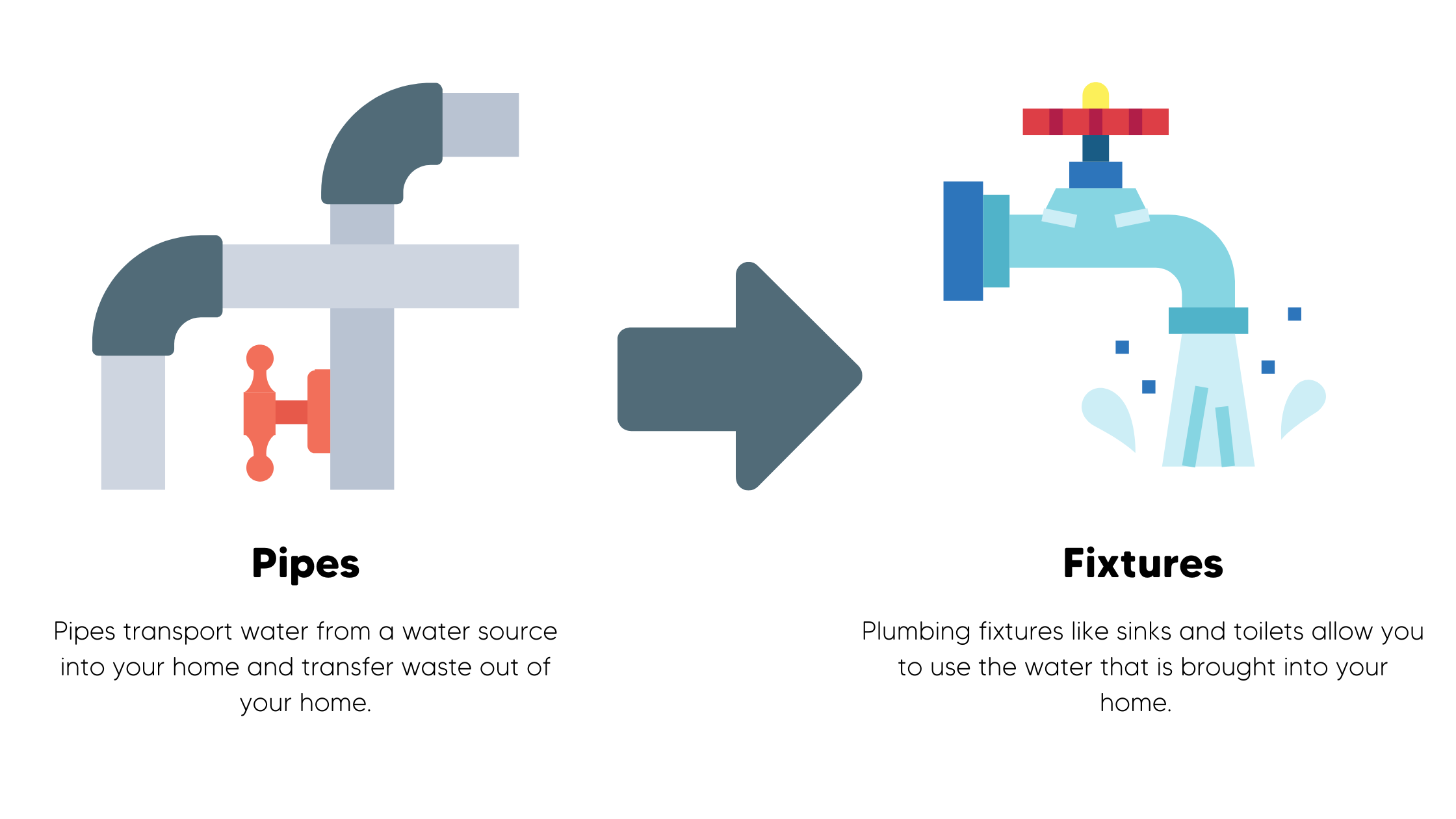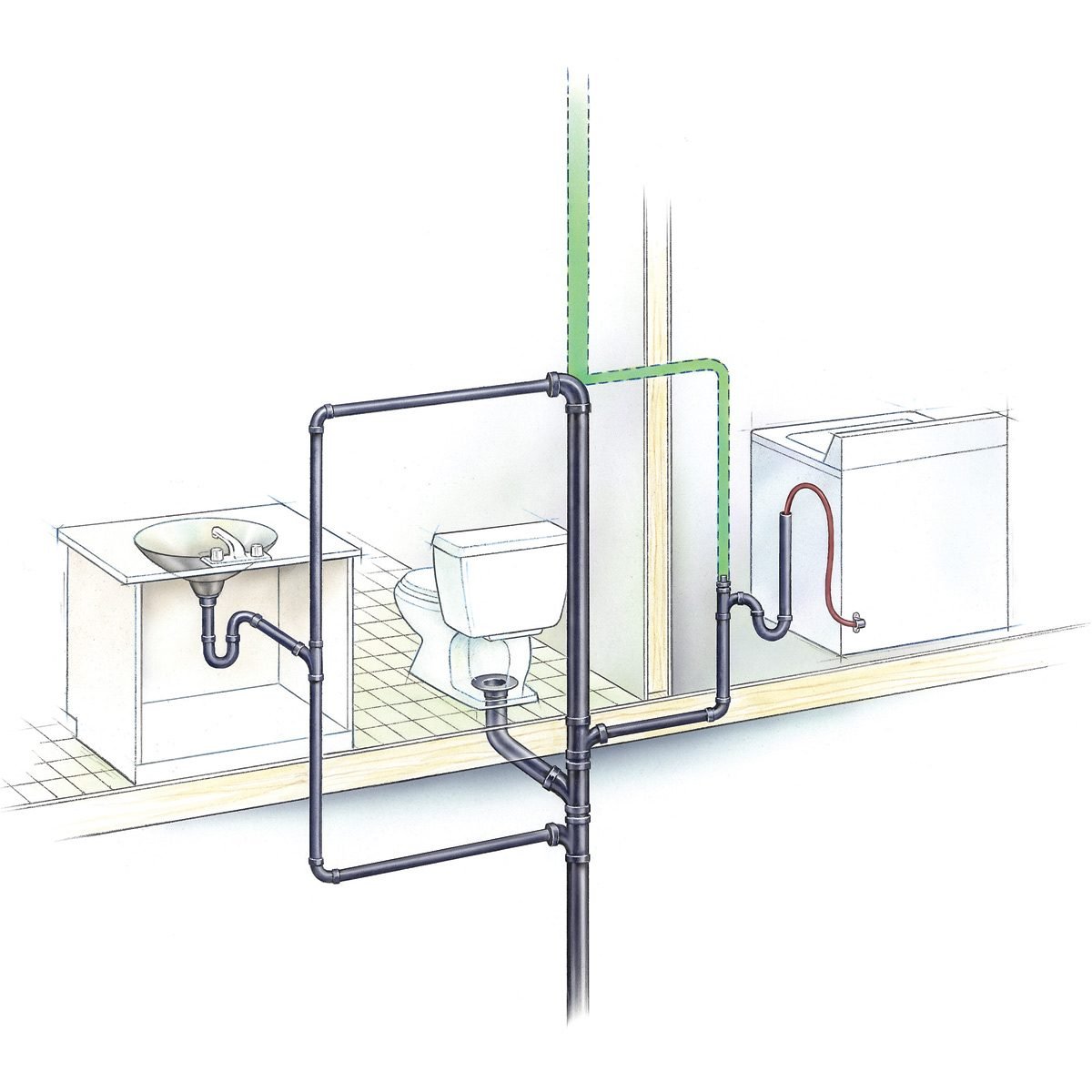8 Easy Facts About Alexander Plumbing And Remodeling Explained
The Facts About Alexander Plumbing And Remodeling Revealed
Table of ContentsUnknown Facts About Alexander Plumbing And RemodelingEverything about Alexander Plumbing And RemodelingNot known Facts About Alexander Plumbing And RemodelingHow Alexander Plumbing And Remodeling can Save You Time, Stress, and Money.6 Easy Facts About Alexander Plumbing And Remodeling DescribedAn Unbiased View of Alexander Plumbing And Remodeling
If you see that your internal walls around the pile appear to be damp, your plumbing stack can be leaking. If you observe a horrible odor in your home, it can suggest a dripping plumbing pile.
In the event of leakages, these poisonous gases can produce a nasty smell in your home. A leak in your pipes stack and damp places on wall surfaces can cause mold development, deteriorating your wall surfaces. If you see any kind of corrosion on or around your plumbing stack, you need to call a plumbing technician to examine the circumstance.

This is because, in addition to being unhygienic and inconvenient, property pipes stack fixings and replacements can be very pricey. Depending on the pipes pile you have and what the issue is, the fixings can differ in complexity and expense. The expense of changing a pipes pile depends on where it's put in the home and just how large of a pile you require.
The expense additionally depends upon the pile's size and the materials utilized to develop it, the labor costs, and any type of various other unanticipated costs. Usually, anticipate to pay in between $1,500 and $4,000 to change your pipes pile, according to HomeAdvisor. A plumbing stack is a critical component of any type of home's pipes system.
All about Alexander Plumbing And Remodeling
Fed up with sluggish drainage? Your pipes pile might be the issue. Continue reading to find out more concerning what a plumbing pile is and why it is necessary to your home.
Plumbing vents shield pipes catches. They don't make components drain quicker; actually, they do the opposite. When it pertains to initial time home purchasers, among the least recognized parts of a home seems to be plumbing vents. They're those pipelines sticking up out of the roofing that run with the attic and through the remainder of the home.
Vents are frequently linked with each other inside the attic room, which enables fewer infiltrations in the roof covering. Let me duplicate that: pipes vents avoid catches from being siphoned. They also avoid back-pressure on traps, but today the emphasis is on siphoning. You might have heard that plumbing components will drain pipes much faster when they're aired vent properly, but it's not real.
6 Easy Facts About Alexander Plumbing And Remodeling Explained
You watch the water glug out while air changes it, and this makes it drain gradually (Alexander Plumbing And Remodeling). Once you place a hole in the top, water drains pipes out very quickly since air can replace the water as it drains. This example doesn't hold water since the leading side of every plumbing component is wide open
The top of a sink is open. If you desired to re-create the soda bottle example, you would certainly need to block off the top of the plumbing component and after that try to drain the water out.
I made use of clear tubing for simplicity, however the physics coincide. You'll discover that the unvented fixture in fact drained pipes about 2 seconds much faster than the aired vent drain. This is since the water that had left the fixture was helping to pull water out. With a vented fixture, there's no pull.
Plumbing isn't nearly getting water where you need itit's also about eliminating secondhand water securely. A pipes water drainage system takes previously owned water from fixtures and moves it to either the primary sewage system line or septic storage tank. And it has to do so without polluting tidy water or leaking sewer. A water drainage system contains piping that conveys sewer, rain, or various other fluid waste to a factor of disposal, either in the sewer system or sewage-disposal tank.
What Does Alexander Plumbing And Remodeling Do?

Vent piping provides atmospheric pressure to assist drain water circulation efficiently. Vent pipelines are affixed to the drain lines at each component and why not try these out protrude with the roofing. They are topped to maintain pets and rain away, while enabling air to move in. Catches in the drainpipe gather dirty water and secure the pipe to maintain sewer gases out of the structure.
They can typically be gotten rid of by pouring drain cleaner down the drain. If the cleaner does not liquify the matter, a plumbing can serpent the line or get rid of the P-trap to clear the debris.
A plumbing professional can situate the leak by isolating the line, then dig up the pipeline to identify the dimension of the damages. They may have the ability to change an area of the pipeline or repair it with a patch. Pipes isn't simply about getting water where you need itit's additionally concerning removing secondhand water securely.
Not known Details About Alexander Plumbing And Remodeling
And it must do so important link without infecting tidy water or leaking sewage. A drainage system contains piping that shares sewage, rainwater, or various other liquid waste to a factor of disposal, either in the drain system or sewage-disposal tank. Its main purpose is to accumulate and eliminate wastewater and keep sewage system gases out of the structure.

Unlike the piping that brings water into a structure, the piping for a drain system is usually constructed from plastic or metal (Alexander Plumbing And Remodeling). Tidy, fresh water comes from the road or one more water solution, such as a well, and is piped to every pipes fixture. Each component has a drain line that accumulates secondhand water and waste, which flows to the primary navigate to these guys drainpipe system with gravity
Air vent piping offers atmospheric pressure to help drain pipes water flow smoothly. Air vent pipes are attached to the drainpipe lines at each fixture and protrude with the roof. They are topped to maintain pets and rain at bay, while enabling air to flow in. Traps in the drainpipe accumulate unclean water and seal the pipe to maintain drain gases out of the building.
The Basic Principles Of Alexander Plumbing And Remodeling
S-traps are usually made use of in bathrooms while P-traps are used in sinks, tubs, and showers. Clogged drains occur due to the build-up of hair or various other particles in the drain. They can frequently be gotten rid of by putting drainpipe cleaner down the drainpipe. However if the cleaner does not liquify the matter, a plumbing can snake the line or eliminate the P-trap to clear the particles.
A plumbing technician can find the leakage by isolating the line, then collect the pipeline to determine the size of the damages. They may be able to replace a section of the pipe or repair it with a patch. Pipes isn't nearly getting water where you need itit's also regarding eliminating previously owned water securely.
And it needs to do so without infecting tidy water or leaking sewage. A drain system includes piping that communicates sewage, rainwater, or other liquid waste to a factor of disposal, either in the sewer system or septic system. Its primary purpose is to accumulate and eliminate wastewater and keep sewage system gases out of the structure.